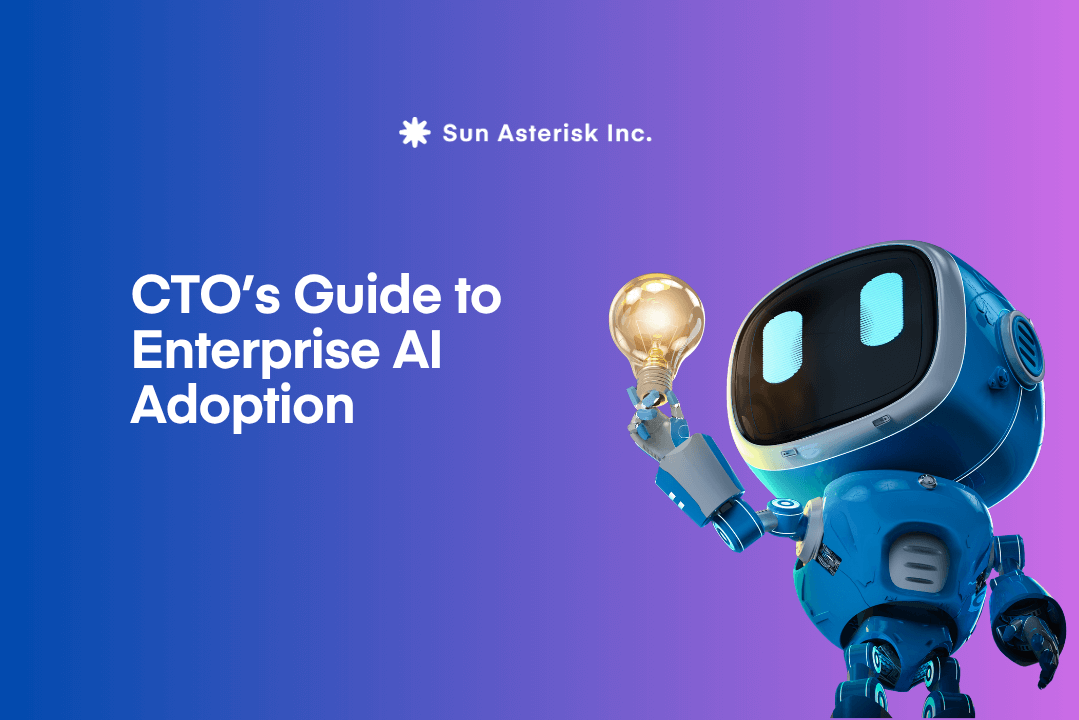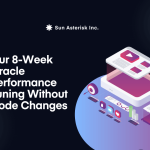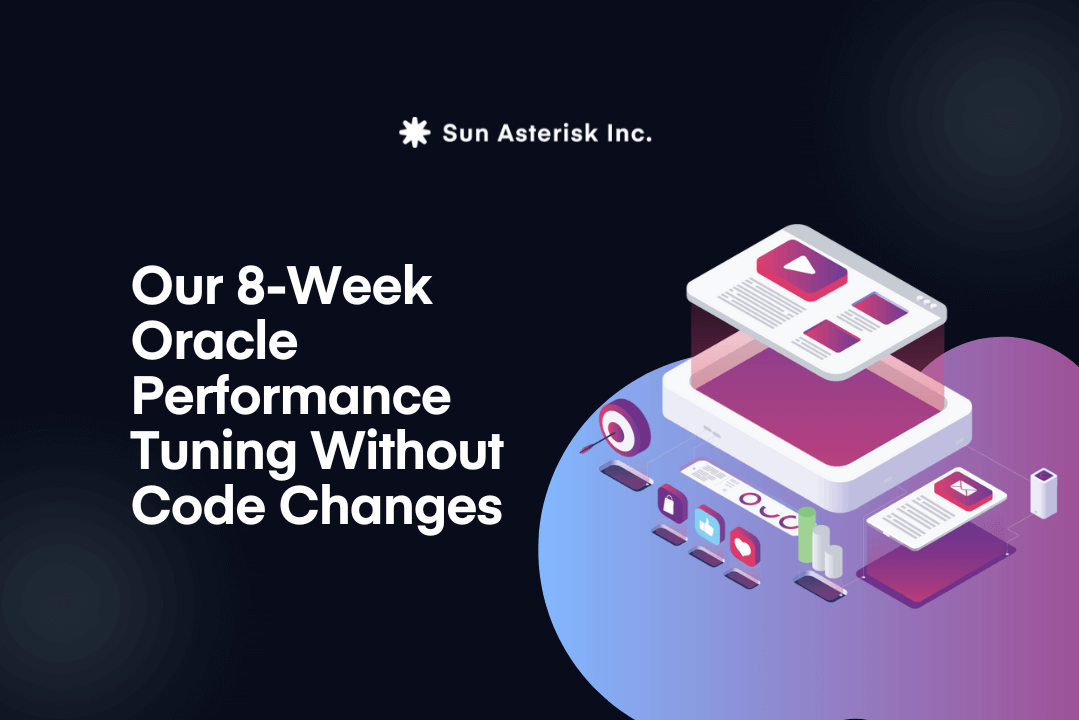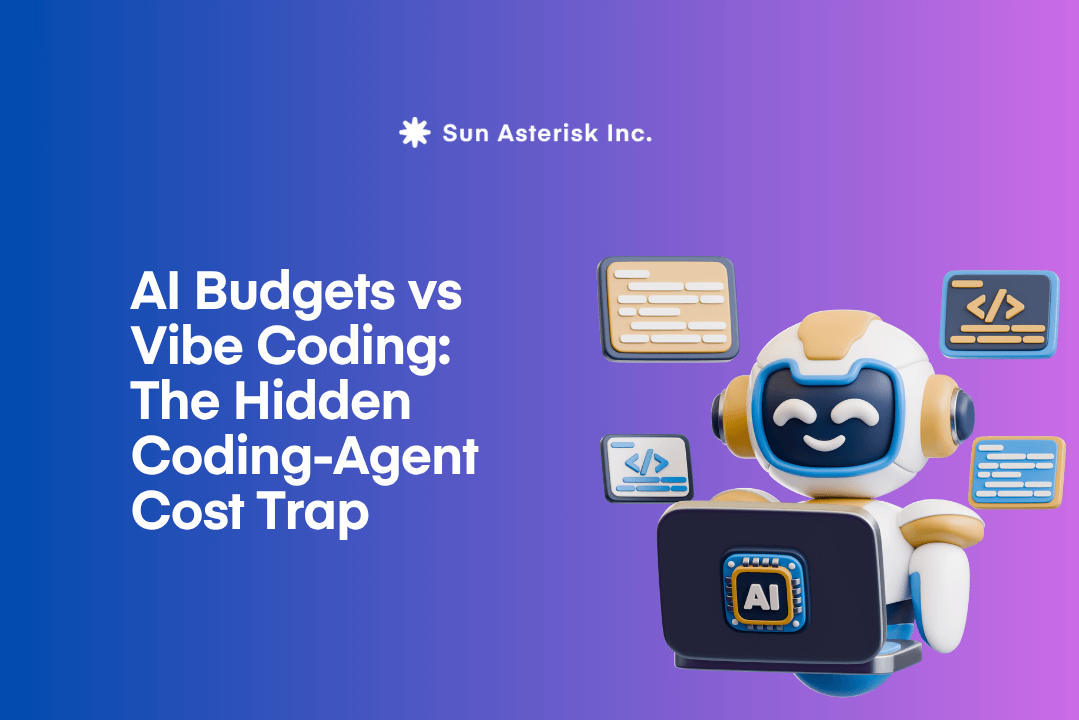“Why aren’t my senior teammates embracing AI?”That’s the CTO dilemma we keep hearing in boardrooms and working sessions: AI is maturing, the returns are real, and leaders are right to push for enterprise AI adoption across the company.
But there’s a snag.
Many of the most experienced people – often the ones who hold the institutional knowledge – aren’t leaning in.
Some hesitate. Some avoid. A few flat-out reject.
Younger workers are using AI at work a bit more 17% of under-50s vs. 13% of 50+, and they tend to report using it across more task types – especially ideation and coding – than older peers. The gap is real, but it’s not a character flaw; it’s a design problem.
Tech teams need answers CTO and tech leaders can act on.
So alongside our IT outsourcing services and consulting work, we paused to listen.
We sat with late-career experts (yes, the “Boomers” everyone talks about) to understand their relationship with technology as it is lived, not “another tech hype”.
What we heard surprised us.
And if you see a younger IT colleague frustrated with a “why won’t they keep up?” narrative, this perspective is for you, too.
Because what looks like resistance is often a design problem (risk, language, learning model), not a capability problem.
And make no mistake: the moment matters.
40% of tech pros say AI will significantly affect their work in the next year; only 8% expect no impact. Your enablement choices now will compound.
Why senior employees aren’t rushing to enterprise AI adoption

Firstly, they’ve been keeping up with new tech for years
If you grew up before all the big waves of tech or have been in the workforce for four decades, you’ve already done more platform shifts than most of your team will see in a career:
- typewriters to PCs;
- paper to ERP;
- fax to email; >
- landlines to smartphones;
- local files to the cloud;
- paper maps to GPS
You adapted, and you kept the business moving while you did it.
At some point, asking for “one more wave” without a clear personal win reads less like growth and more like churn.
What we heard from late-career colleagues wasn’t technophobia: it was a rational ROI calculation.
They need you to show how the new thing helps the work they’re accountable for and make the first try safe.
It also tracks with the broader mood: 52% of U.S. workers say they’re worried about AI’s future impact at work, not just excited. Design for that reality.
That frame changes the conversation. It stops being moralistic (“get with the times”) and becomes operational (“what task, what benefit, what risks”).
That’s the enterprise AI adoption conversation veteran professionals are happy to have.
The real blockers in enterprise AI adoption are practical, not personal
The first is fatigue.
No, not the dramatic kind like the work-life balance that the younger tech generation often hears about.
It’s just the steady drag of “another tool, another login, another way of doing the same thing.”
When you’ve rebuilt muscle memory every few years for forty years, you learn to ration adaptation energy for changes that truly matter.
The second is risk.
People who grew up in analog or early digital systems learned the hard way that the wrong click could erase work. Their instinct is to avoid exploratory clicking in unfamiliar software, especially if the data is sensitive or the workflow is regulated.
Younger teammates treat interfaces as sandboxes; older teammates treat them as production until proven otherwise. We need to acknowledge the difference.
The third is language.
We earned this one as an industry. “Neural networks” and “transformers” sound like grad school. “Faster report summaries” sounds like Tuesday. When we shifted to everyday language and showed a concrete task end-to-end, the temperature dropped and curiosity returned.
Usability research backs this: younger workers tend to use AI across more task types; the only place the age gap isn’t significant is simple information-seeking, exactly where plain language helps.
And there’s a fourth that deserves more credit: learning style.
Many late-career experts don’t rely on interface patterns and affordances. Instead, they want to understand the reason behind each action: “Why am I clicking this? What changes? How do I undo it if it goes wrong?” If we start with the why and make the rollback obvious, adoption follows.
None of this means the stereotype holds. Plenty of late-career teammates are the ones keeping your data warehouse tidy, your ERP reconciled, and your audits clean. They often don’t get credit because they aren’t loud about it. But they will get loud when a tool threatens reliability without offering compensating value.
What leaders can change tomorrow
A good first step lives where your late-career experts already have ownership.
One familiar, high-frequency task works best, and “what good looks like” gets defined in their words.
The story lands better when the why comes first: time saved, risk reduced, tedium removed, followed by a quick walk-through in a safe sandbox.
The first demo feels right at under ten minutes, and it ends with one action they can repeat the very next day. This isn’t about converting anyone to “AI” in the abstract; it’s about delivering a better Tuesday.
On the delivery side, think of the operating model as a balance between budget and craft.
Small models carry the grunt work: drafts, transforms, summaries, while the big, reasoning-heavy models show up only when the easy path fails.
Changes are made as pull requests. Tests and checks hum in the background, so quality isn’t a personality trait – it’s a pipeline. When the official path is both faster and safer than the personal workaround, people take it. Senior hands and new grads alike.
On safety, clarity beats bravado. Demos use redacted inputs. Undo is obvious. Prompts, model versions, and decisions are logged where the next person can find them without a tour guide. Those practical guardrails do more to unlock curiosity than any pep talk ever will.
Our best approach: “Middle-out enterprise AI adoption”
Use millennial managers as bridge leaders in your enterprise AI adoption strategy.
Here’s the move most companies miss: the bridge between AI enthusiasm and institutional know-how is the manager layer – and right now that’s often Millennials.
They’re the most active generation of AI users: 62% of employees aged 35–44 self-report high AI expertise (vs. 50% of Gen Z 18–24 and 22% of Boomers 65+). Many are already running teams. Put them in charge of why-first demos, safe sandboxes, and weekly check-ins with late-career experts. It’s culturally fluent and operationally fast.
How CTOs/CIOs and tech managers can close the seniority gap
Closing the gap works best as a leadership guidance, not an obligation.
In practice, the “middle-out” move lands: each manager runs a ten-minute, why-first demo each week on a task their senior teammate already owns. Familiar work, safer first steps, quick proof in their language.
We keep it lightweight and observable. Two numbers go in the notebook every time: time saved and verification cost (how long it took to check the AI’s output). After three or four weeks, a pattern shows up.
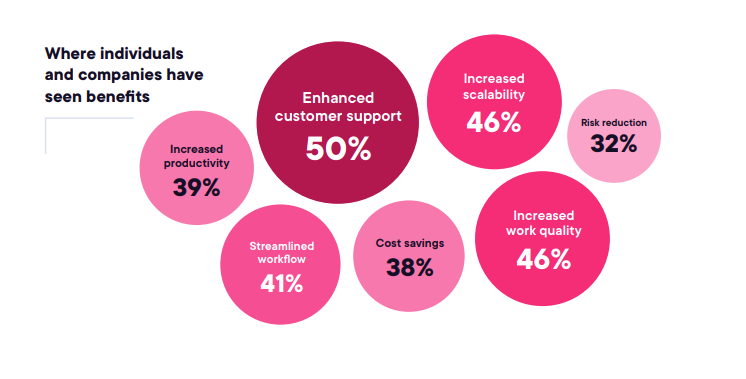
Showing your senior teammates how AI benefits them (source: Pluralsight)
That’s the moment to take the wins upstairs: unlock budget, formalize the workflow, and put real support around what’s clearly working. A shared log of prompts, model versions, and outcomes rounds it out so the next team can replay the same play without starting from scratch.
If you want a precedent for scaled enablement: PwC committed $1B to AI and upskilling 65,000 U.S. employees, and reports ~95% staff engagement with its “My AI” training – 360k+ hours logged.
Invest in people early, or the tech investment underdelivers.
One caution before you sprint: baseline skills honestly.
Pluralsight’s 2025 report finds 95% of orgs now check for AI skills in hiring (70% call them mandatory/highly preferred), yet many programs stall because real proficiency is unclear – and two-thirds have abandoned AI projects due to staff skill gaps.
Don’t guess. Measure, then train.
Closing thought
Before vibe coding, we were shipping effort, not outcomes – and our most experienced colleagues felt that cost more sharply than anyone.
The fix for your enterprise AI adoption strategy wasn’t more hype; it was an operating model that respects how senior tech colleagues work: one steady workflow they own, a gold test set, small models for the grind, frontier only on escalation, PR-first so CI stays the truth.
Do that with a middle-out guidance and the conversation flips from “keep up” to “this actually helps.”
